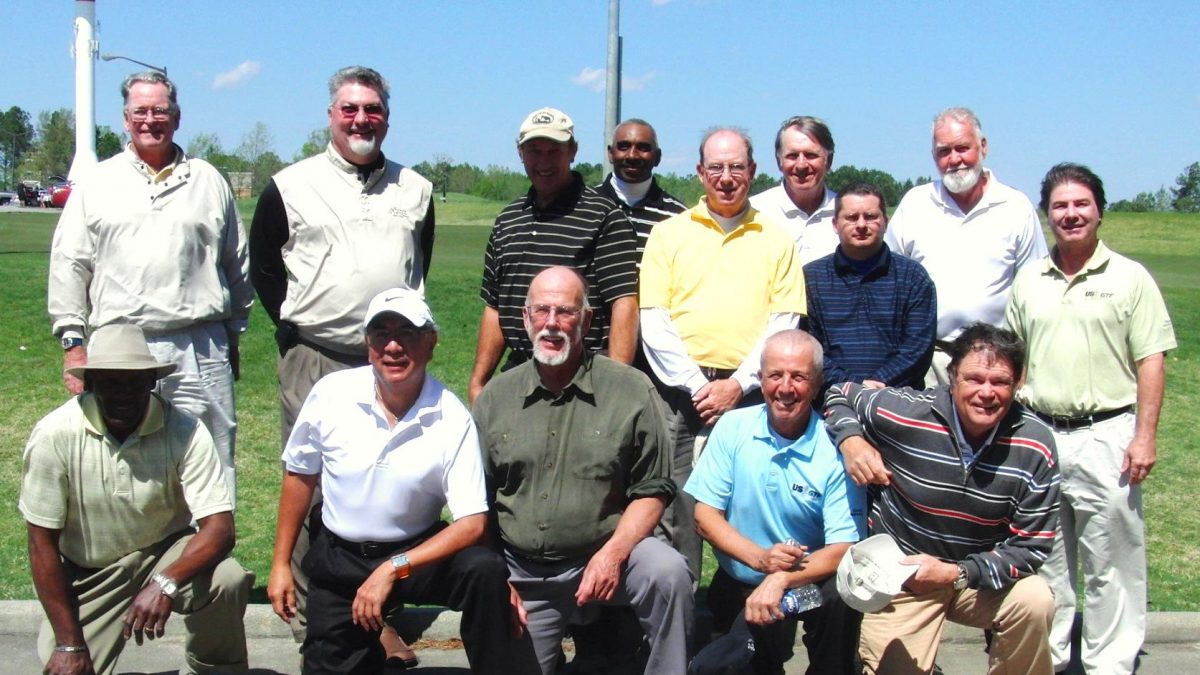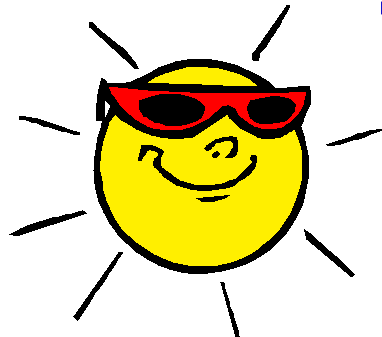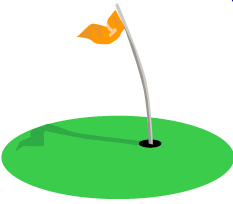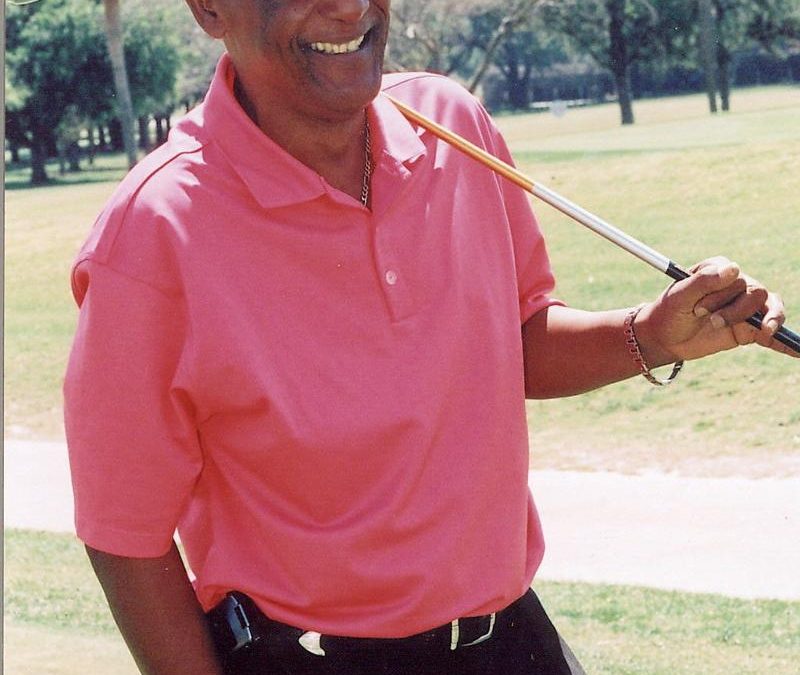Blog
Sehne Wins Affiliates/Associates Golf Teachers Cup
Great American Tour Player – Ted Kroll
May Teaching Tip of the Month
Summer Edition of Golf Teaching Pro Coming Soon
USGTF Monthly Editorial – Time for the US Open to Become more Open
The Future of Golf is Alive and Well in St. Lucia!
Teaching Students How To Be More Proficient With The Driver
In past issues of Golf Teaching Pro, the driver swing has been discussed using tour stars Tiger Woods and Michelle Wie as examples. Now, it’s time to focus some thoughts on ways to communicate the basic fundamentals of the driver to your students.
As a golf teaching professional, you must keep in mind just how sensitive the subject of the use of the driver can be. Everyone seems to want more distance, which tends to result in an overly aggressive, out-of-balance lunging at the ball. I typically see a student who is so concerned about creating clubhead speed that the proper techniques required are often forgotten.
If I run into this situation, I often find a simple explanation on the design of the driver has a positive effect on the student. One example is the length of the driver; another, the dead weight. The driver is the longest, lightest club in the bag. This being said, the student needs to be aware of the fact the length of the circle for the driver swing is longer than any other club due to its length. This, coupled with its overall weight being the lightest, means the student need not force the issue of speed.
The student must learn to feel the additional time required to complete the driver swing. This should prove encouraging to your student, because the degree of physical strength required is much lower when replaced with the proper techniques. To quote an old, very wise saying, when swinging any golf club, “Allow the swing to create the force.”
The proper application of grip pressure is the key ingredient to sensitizing your student to the golf club. I suggest you have your student think of the grip pressure on a scale of one to ten; one being the lightest, ten being the tightest. Three to four might be a good number to start with, but always remind your student never to intentionally increase the grip pressure during the course of the swing. Grip pressure changes do occur during the swing. However, this process takes place in the form of a reaction rather than a forced action by the player. To put it another way, the clubhead should dictate to the hands, not the other way around.
Ben Hogan was considered by many of his fellow touring pros, including Jack Nicklaus, to be the best driver of the ball ever. Mr. Hogan often was quoted as saying, “Awareness is what most people lack, not capability.”
What Mr. Hogan was pointing out was the lack of appreciation in regard to pre-shot routines so many recreational golfers are guilty of. This, again, is when you the teacher play a major part helping your student understand and develop solid fundamentals with the driver as with every other club.
Let us review the four fundamentals found in the pre-shot routine:
THE GRIP
Hold the club in a light unified manner. This pressure will change during the course of the swing, but as in all golf swings, the clubhead dictates to the hands in terms of pressure change, rather than the hands dictating to the club.
POSTURE
Have your student assume an athletic ready position, bending over at the hip joint until the shoulders are over the balls of the feet. This is a very important step in assuring a balanced static position. You must have static balance at address if you are to have dynamic balance during the swing. Keep a watchful eye on your student’s head position to ensure it stays in an up position. People are often given misleading information pertaining to keeping the head down. This type of information, however well-intended, can cause the student to intentionally put the head down between the shoulders. The student’s chin now interferes with the proper rotation of the shoulders, which in turn will cause your student to be off-balance.
BALL POSITION
The driver ball position is usually played slightly more forward in the stance than compared with the other clubs in the bag. This is due to the fact the ball, in most cases, is on top of a tee rather than on the ground. The angle needed to properly execute the driver swing is a bit shallower into the ball as compared to the fairway woods or irons.
ALIGNMENT
To complete the process of the pre-shot routine for the driver, lining up correctly is an absolute must. Let’s assume your student is a right-handed player. Have him or her position the face of the driver exactly where the ball needs to go. The body now needs to be positioned left and parallel of the target itself. Your student needs to clearly understand the importance of allowing more room left and parallel to the target than for a short or middle iron, due to the length of the driver coupled with the target being further away. This, for some, can create an optical illusion, which often translates into the player lining up right of the target. To help overcome this tendency, position yourself directly in line with the student’s target line as your student is going through the pre-shot routine. Repeat the process until your student is visually clear as to where the clubface is pointing. Once the club face is aimed correctly, the likelihood of a balanced golf swing tends to go way up. The reason is really quite simple: If the ball is traveling in the direction desired, the path of the club and the path of hands and arms are moving parallel to the body while the hands, arms, and club are in front of the body. This helps ensure a smooth, balanced, and powerful move through the ball. It’s very similar to walking or running. In both cases, proper technique dictates the arms and legs must move parallel to one another in a smooth rhythmic manner. If your student is off at set-up, the swing path will tend to be across the body or too far away from the body while in the strike zone. This will undoubtedly result in an out-of-balance weak move through the ball.
To sum this all up, the driver the most exciting club in the bag to most recreational golfers. In reality, it is a defensive position club designed in most cases to get the hole started. Get too aggressive with the driver and you run the risk of an off-line, undependable outcome.
HAVE YOU RENEWED YOUR USGTF MEMBERSHIP FOR 2012?
- Equipment Personal Use Programs with major manufacturers saving up to 50% below wholesale on many products. Readmore







